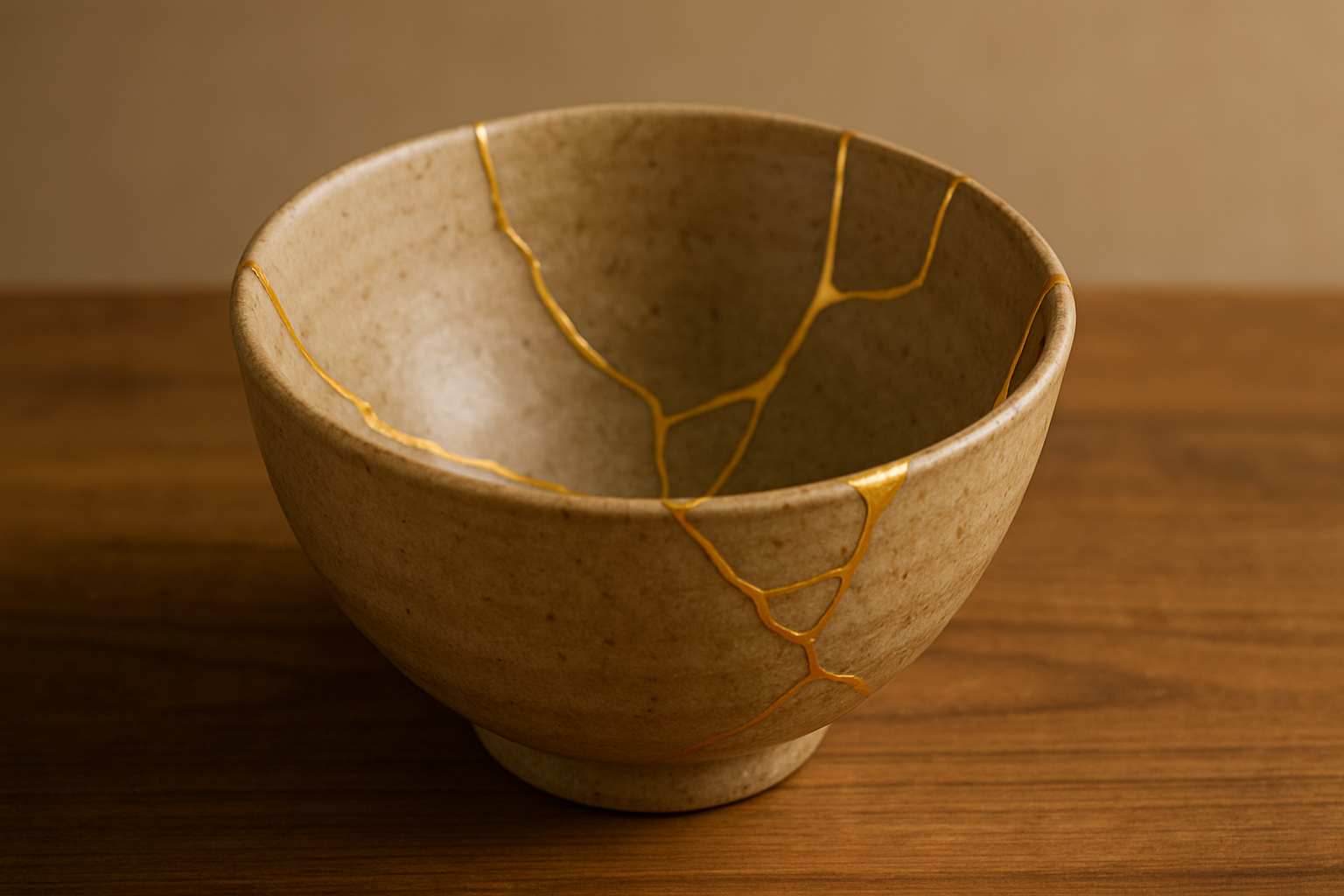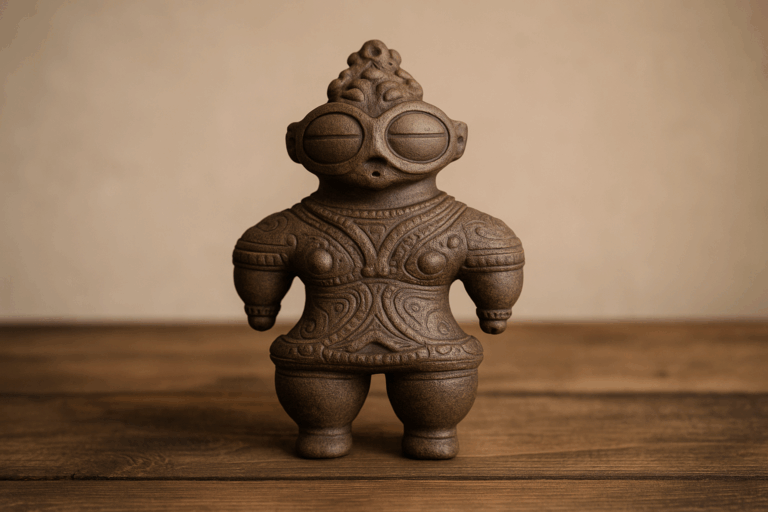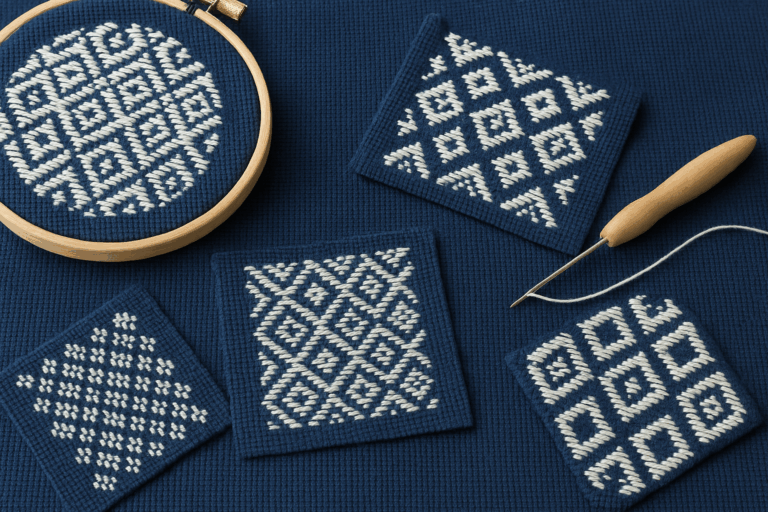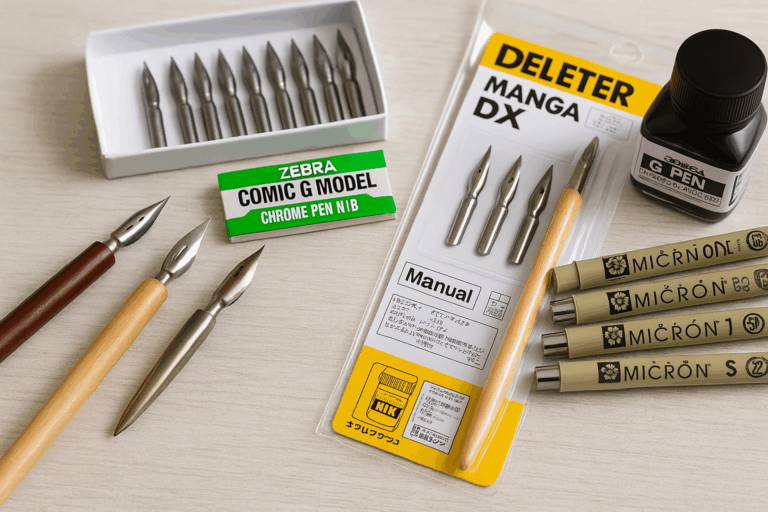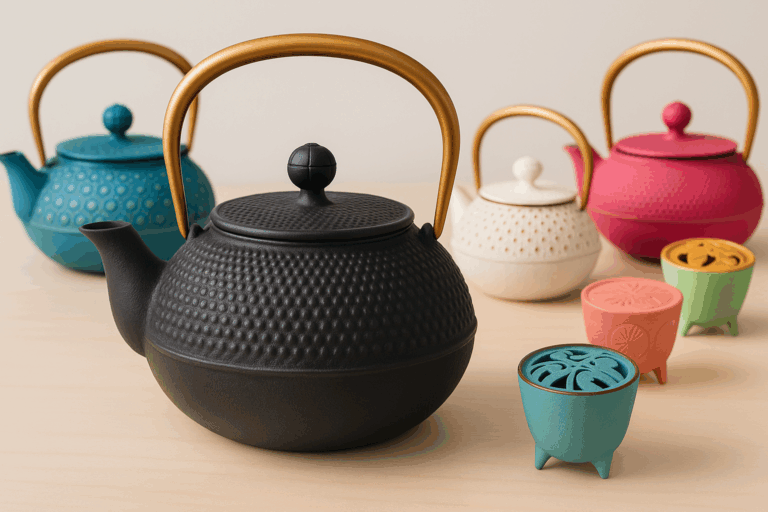Kintsugi for Beginners: Discover the Japanese Art of Embracing Imperfection
Breathe New Life into Broken Ceramics
Have you ever chipped your favorite teacup or dropped a plate you loved? It feels like such a loss. Throwing it away seems wasteful, but just gluing it back together doesn’t feel quite right either.
Enter Kintsugi, a traditional Japanese technique that restores broken pottery with lacquer and powdered gold. This method doesn’t just repair ceramics — it turns them into something even more beautiful than before. Today, Kintsugi is appreciated not only in Japan but also by eco-conscious creators and art lovers around the world.
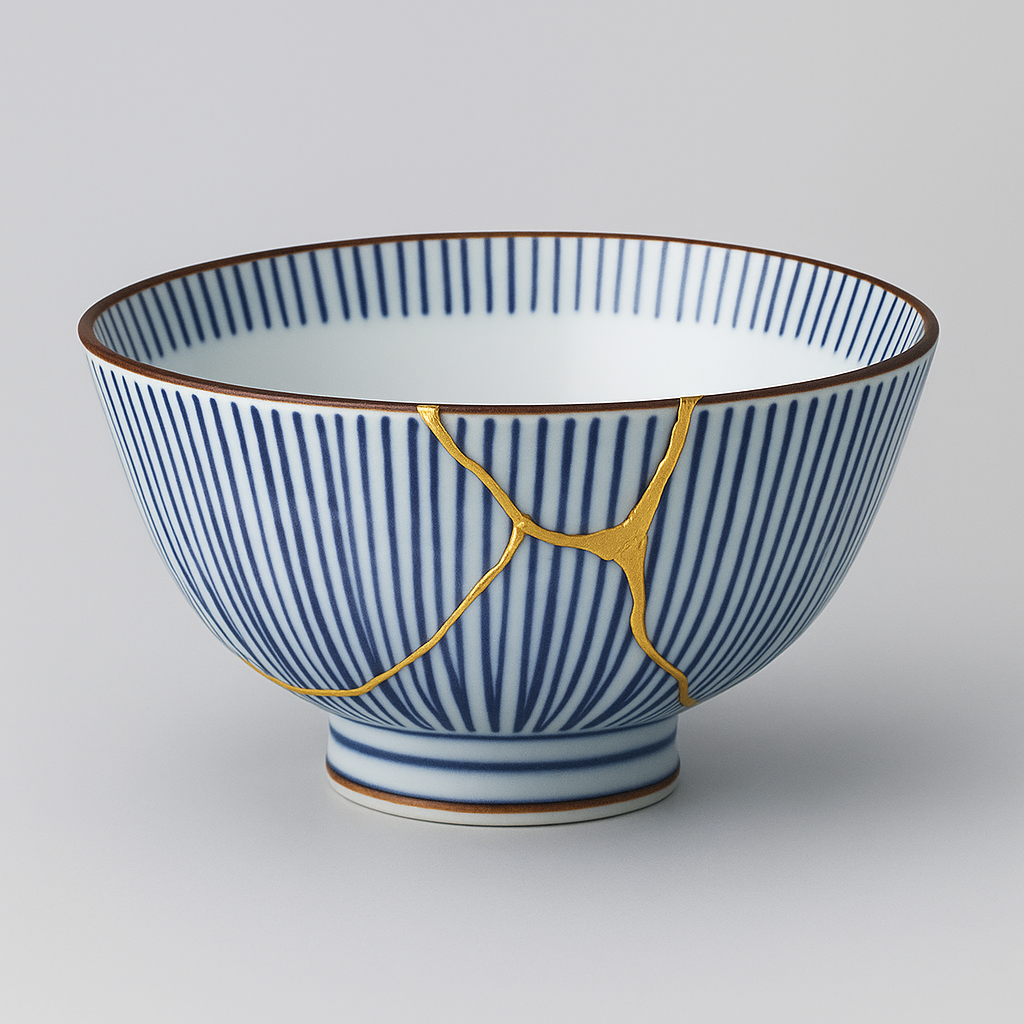
In this article, we’ll walk you through the charm of Kintsugi, how to get started, and the best beginner-friendly kits to try at home.
What Is Kintsugi?
Kintsugi (“gold joinery”) is a Japanese technique for mending broken ceramics using lacquer and gold powder. Instead of hiding cracks, it highlights them, turning damage into elegant, shimmering lines of beauty.
Originating in the Muromachi period, Kintsugi was embraced by tea masters who sought to keep their cherished tea bowls in use. Over time, this technique came to symbolize resilience, uniqueness, and the idea that flaws can make something more precious.
The philosophy behind Kintsugi is simple: it is because something broke that it becomes truly one-of-a-kind.
Some Kintsugi repairs done by master artisans have even increased the value of the original piece.
Why Is Kintsugi So Popular Today?
In recent years, Kintsugi has gained global attention, especially among those interested in sustainability, self-care, and mental wellness.
- Fixing instead of discarding = Eco-conscious
- Embracing flaws = Self-acceptance
- Focused handcrafting = Mindfulness
Kintsugi is more than a repair technique — it’s a lifestyle that supports both emotional and environmental well-being.
Search #kintsugi on social media, and you’ll find people all over the world sharing their stories and creations.
Is Kintsugi Hard? Can Beginners Do It?
You might wonder, “Isn’t lacquer tricky to handle?” or “Isn’t gold powder expensive?”
Traditional Kintsugi is a serious craft requiring months of practice and natural materials like urushi (lacquer). However, for modern hobbyists, simplified Kintsugi kits make it easy to get started.
Whether you want to:
- Fix something decorative (not for food use),
- Try it once before diving deeper,
- Or just want something easy and fun—
…these kits using epoxy resin and gold-colored powder are perfect. They look authentic, and make wonderful gifts too!
Great Kintsugi Kits for Beginners
Uses genuine gold powder, natural urushi lacquer, traditional materials, and fine detail brushes. These authentic materials have been passed down since the Muromachi period.
No synthetic adhesives or artificial lacquer are used.
Includes a full-color step-by-step instruction guide and video (available in Japanese and English).
With bilingual support, even complete beginners around the world can enjoy Kintsugi on their own with ease.
Supervised by lacquerware artist Katsuya Shibata, who has over 30 years of experience in urushi crafts.
All five steps are explained clearly and simply for an easy-to-understand experience.
What Kind of Ceramics Are Best for Kintsugi?
Kintsugi works best on ceramics, porcelain, lacquerware, and even glass. For beginners, start small:
- A chipped teacup
- A favorite but cracked rice bowl
- A simple plate or dish
Each piece tells a story — the way it cracked, where the gold lines run, how it looks after being mended. No two are ever the same.
Everyday Ceramics Are Meant to Be Used
We all have those favorite bowls or mugs we use every day. But sometimes we love them so much, we end up storing them away instead of enjoying them.
Don’t let a chip or crack end that relationship. Kintsugi is a way of saying, “This piece is worth saving.”
What you restore with your own hands becomes more than just a dish — it becomes a personal treasure.
The Process Itself Is a Gift
Working on a Kintsugi project gives you quiet, screen-free time to reflect. The delicate, intentional motions help improve concentration. And when you’re done, the sense of accomplishment is truly special.
“Spending time with a broken bowl helped me reconnect with myself.”
Many say Kintsugi feels like a small act of therapy in everyday life.
Final Thoughts: A Beautiful Beginning, Not an End
Kintsugi teaches us that broken doesn’t mean worthless — it means the start of something new.
That moment you think, “Maybe I can fix this,” is the first step on your Kintsugi journey.
Try a Kintsugi kit at home and experience the beauty of repair, renewal, and uniqueness.
Who knows? That broken bowl in your cupboard may soon become the most special item you own.
[reblex id='163']